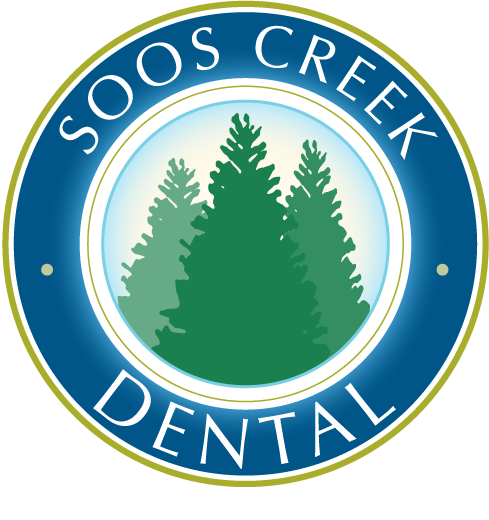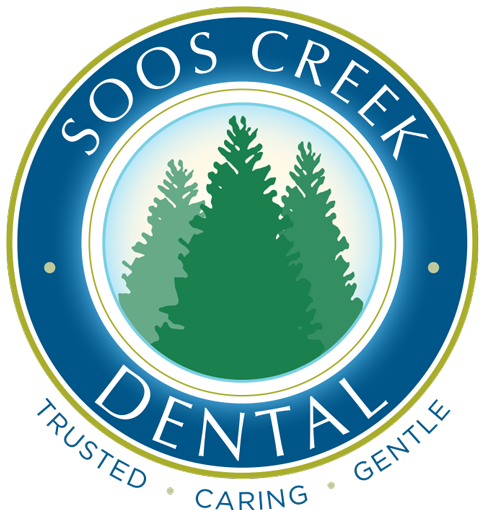Inlays & onlays are similar to fillings in that they replace damaged & decayed parts of a tooth. However, they are used for different situations & the process for applying them is also different. They are valuable tools in a dentist’s restorative repertoire because they occupy the space between standard fillings & more extensive crowns. Once fully attached to a tooth, inlays & onlays replace the damaged & lost parts of the tooth & allow normal use with no change to standard at-home dental care.
What Are Inlays & Onlays?
Inlays & onlays fill in parts of a tooth’s surface damaged by decay. They are used on the molars & premolars—specifically, teeth that have multiple “cusps,” which are raised points on their outer edge. Inlays fill in & repair the parts of the tooth between the cusps while onlays do the same & also cover one or more cusps. Otherwise the two treatments are the same in function & purpose. Once placed, inlays & onlays may actually be stronger than the original, pre-decay tooth.
Virtually indistinguishable from natural teeth, inlays & onlays discreetly restore teeth to an optimal state of health. They resemble natural teeth so closely that only you will know the truth. And now with the CEREC® system, we can complete same-day inlays & onlays, avoiding the need to use temporaries, which usually require multiple visits, making it even easier on your schedule.
Inlays & Onlays Overview
Historically, inlays & onlays have been used since at least the nineteenth century & there have been porcelain inlays since at least 1857. They were later overshadowed in popularity by gold inlays. Today’s inlays & onlays are usually made from gold, porcelain or ceramic materials. They are created outside of the mouth before being bonded to the damaged tooth. In most cases this means that the procedure will require two appointments. At the first, dental impressions are taken & sent to a lab, where the inlay or onlay is manufactured. At the second, the inlay or onlay is bonded to the tooth. Gold inlays & onlays are the most durable & will always require more than one visit, but all of them are long-lasting & simple to take care of. While not quite as strong, ceramic & porcelain pieces tend to be more aesthetically pleasing & natural looking.
When Inlays & Onlays Are The Solution
Typically, inlays & onlays are the chosen solution when a standard filling would not provide enough for the damaged tooth & a crown would be excessive because it would require restructuring the whole tooth instead of just the damaged areas. They may also be used when a filling would weaken the remaining tooth structure too much to be a viable solution. An inlay or onlay is a spectacular solution to these problems because it supports & strengthens a damaged tooth without requiring extra reshaping. Despite this, there are still situations in which a filling or crown is the more appropriate restoration. Consult your dentist to find out if an inlay or onlay is right for you.
Aftercare
Once an inlay or onlay has been placed on the tooth, maintenance is simple. They must be cared for like a normal tooth: Brush twice a day, floss once & maintain a healthy diet. Most inlays & onlays last many years with proper care. If you have any questions or concerns about how best to maintain your inlays, make sure to speak with your dentist & they will be happy to explain.



